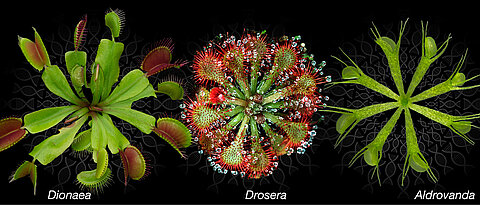
The genomes of three carnivorous plants – the Venus flytrap, spoon-leaved sundew and the waterwheel plant – have been decoded. The result has caused some surprises.
more
The genomes of three carnivorous plants – the Venus flytrap, spoon-leaved sundew and the waterwheel plant – have been decoded. The result has caused some surprises.
more
The genome of the herpes simplex virus 1 was decoded using new methods. Hundreds of previously unknown gene products were found. The virus causes lip herpes, but can also be life-threatening.
more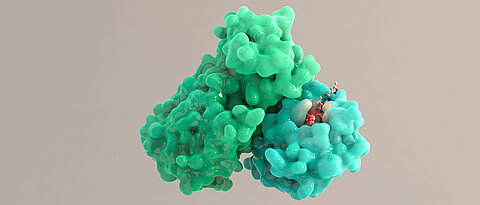
Dr. Andrea Thorn, a structural biologist from Würzburg, is leading an international coronavirus research network. The results of her work are important for developing vaccines and drugs.
more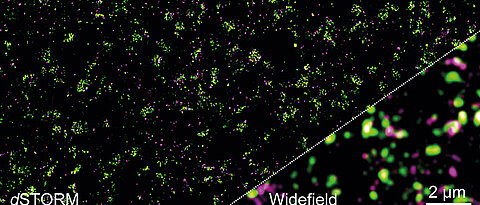
"Distance keeping" is not exactly the motto of the glutamate receptors: Using high-resolution microscopy, it now was discovered that the receptors usually appear in small groups at the synapses and are in contact with other proteins.
more
Company training increases the loyalty of its employees. Loyalty also increases if the training improves the employees' chances on the labour market.
more
A Würzburg research group uses tissue models of the human respiratory mucosa to identify drugs to treat the novel coronavirus.
more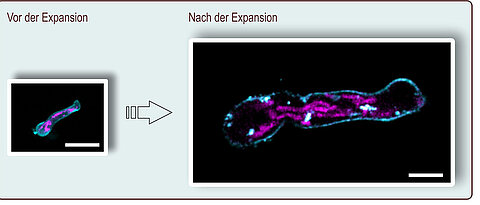
For the first time, the cells of fungi can also be analysed using a relatively simple microscopic method. Researchers from Würzburg and Cordoba present the innovation in the journal "Frontiers in Microbiology".
more
It does not require any cabling and its supporting structure is at the same time a battery: research teams from Braunschweig and Würzburg are working on such a cleverly constructed small satellite.
more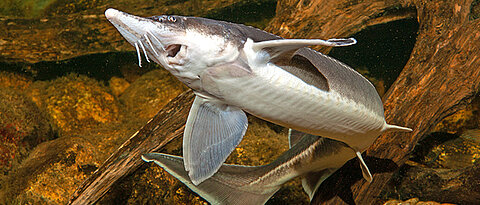
Sturgeons lived on earth already 300 million years ago and yet their external appearance seems to have undergone very little change. A team of researchers from Würzburg and Berlin has now succeeded in sequencing their genome.
more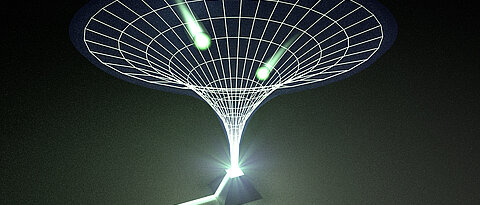
Physicists of the University of Würzburg, in a joint collaboration with colleagues from the University of Rostock, have developed a light funnel apparatus. It could serve as a new platform for hypersensitive optical detectors.
more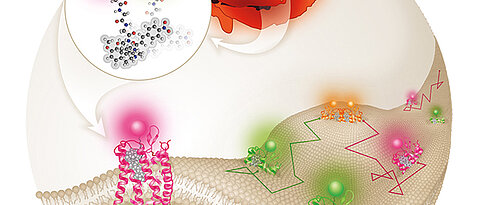
It could be an important step forward in the improvement of pain therapy: Thanks to newly developed molecular probes, the behavior of individual opioid receptors can now be studied in detail.
more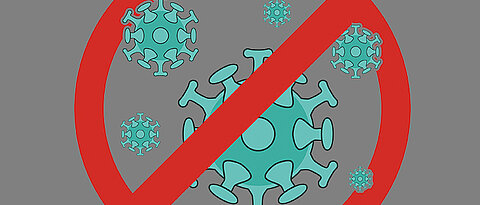
Time will tell whether the drastic measures introduced to curb the spread of the coronavirus will be effective. Lars Dölken, Professor of Virology at the University of Würzburg, urges patience.
more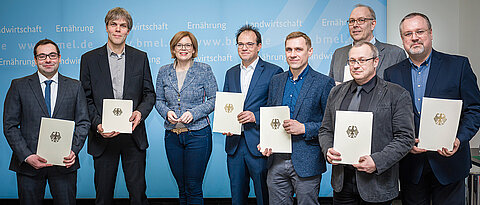
Whether for soil cultivation, fertilisation or irrigation: Satellite data can be helpful for agriculture. A new german research network is cooperating with farmers to make these data usable.
more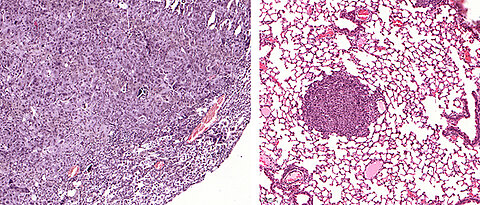
In squamous cell carcinoma, a protein ensures that unneeded proteins are no longer disposed of. A research team at the University of Würzburg has switched off this protein for the first time.
more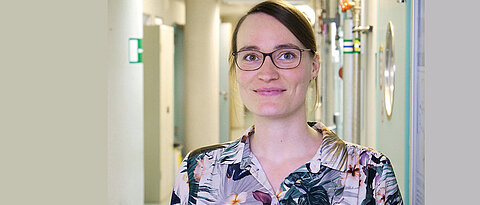
How do insects see the world? This is what Dr. Anna Stöckl wants to know. Her research program has now been awarded a distinction: she has been accepted into the Young Academy of the Bavarian Academy of Sciences and Humanities.
more